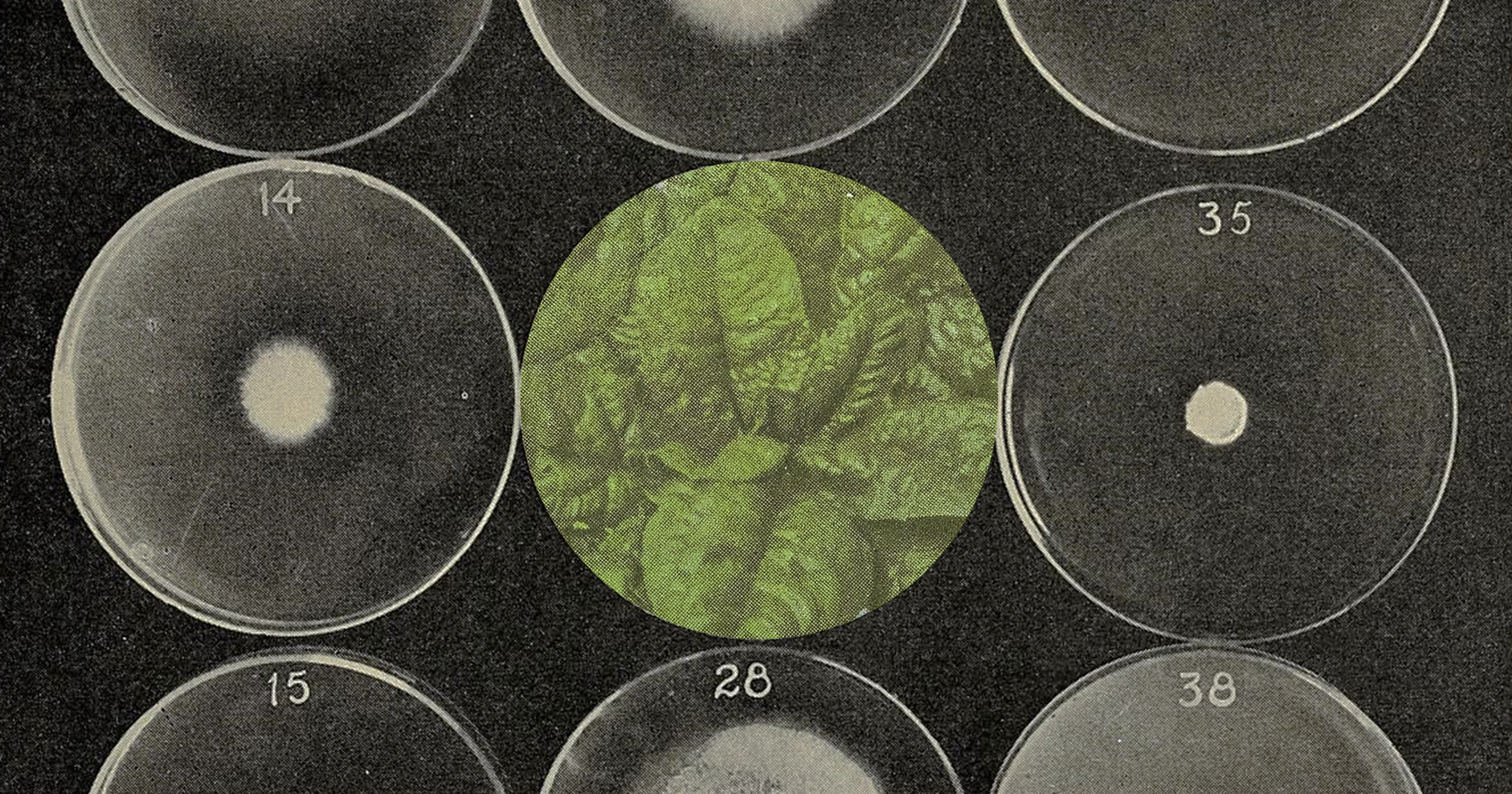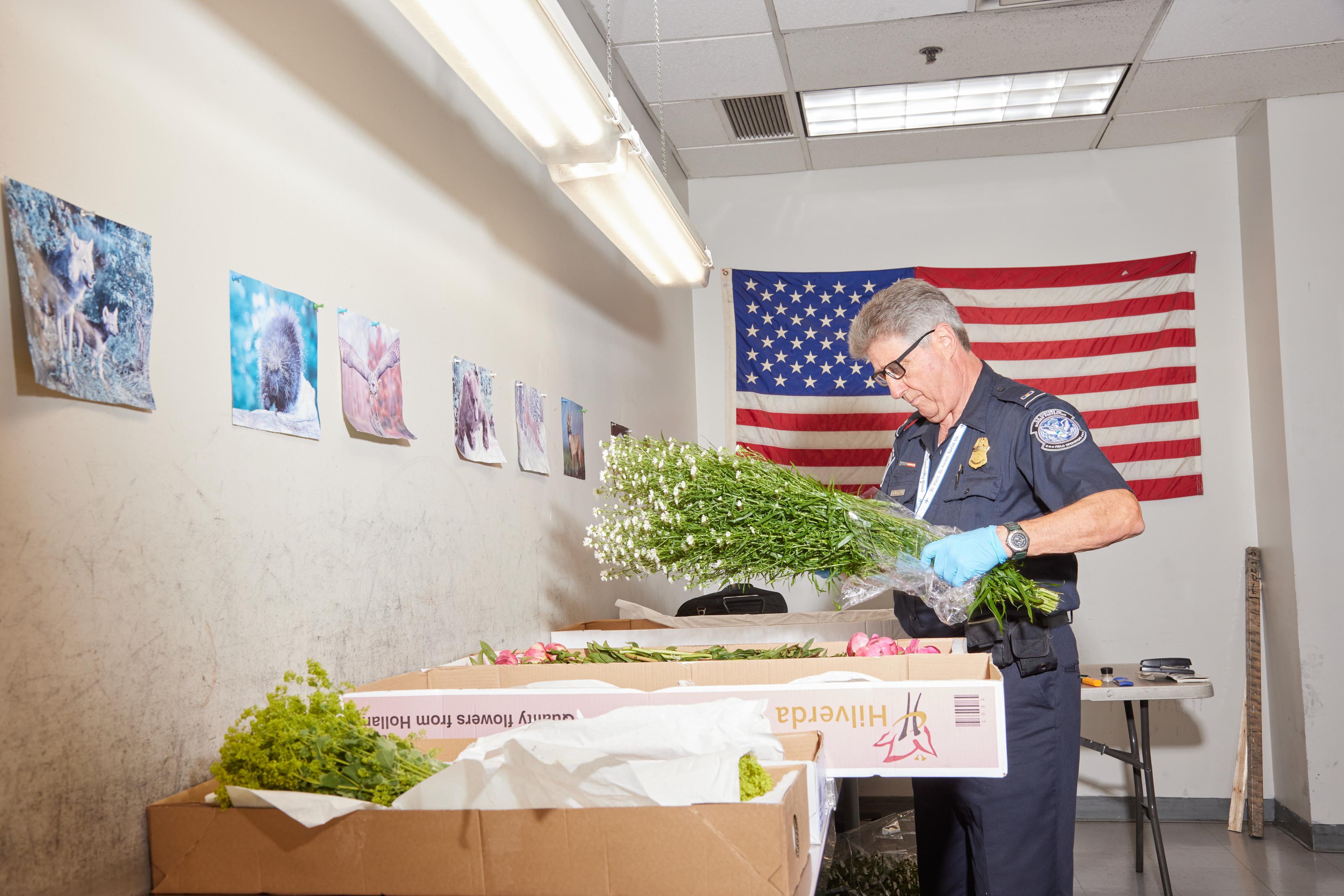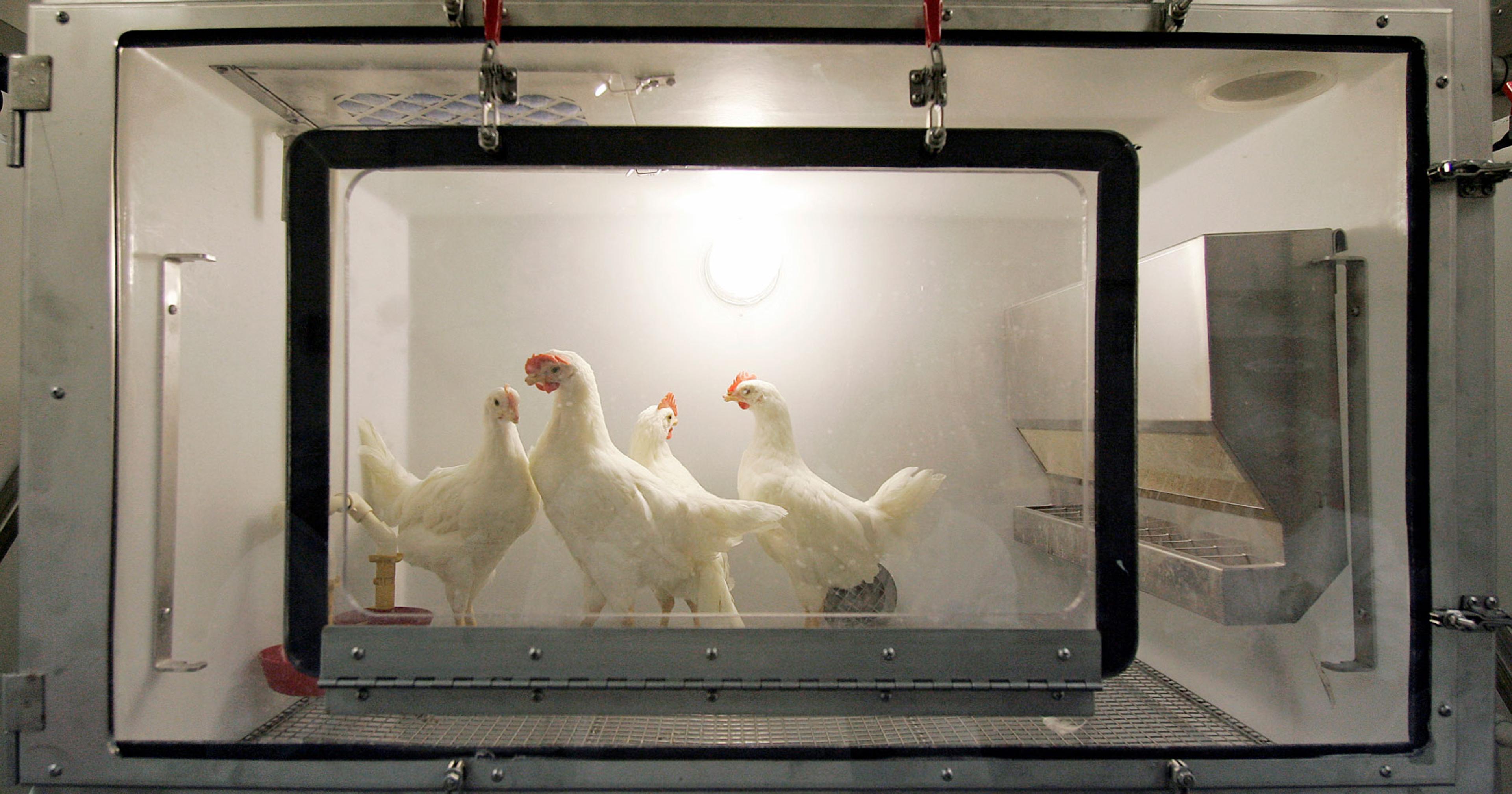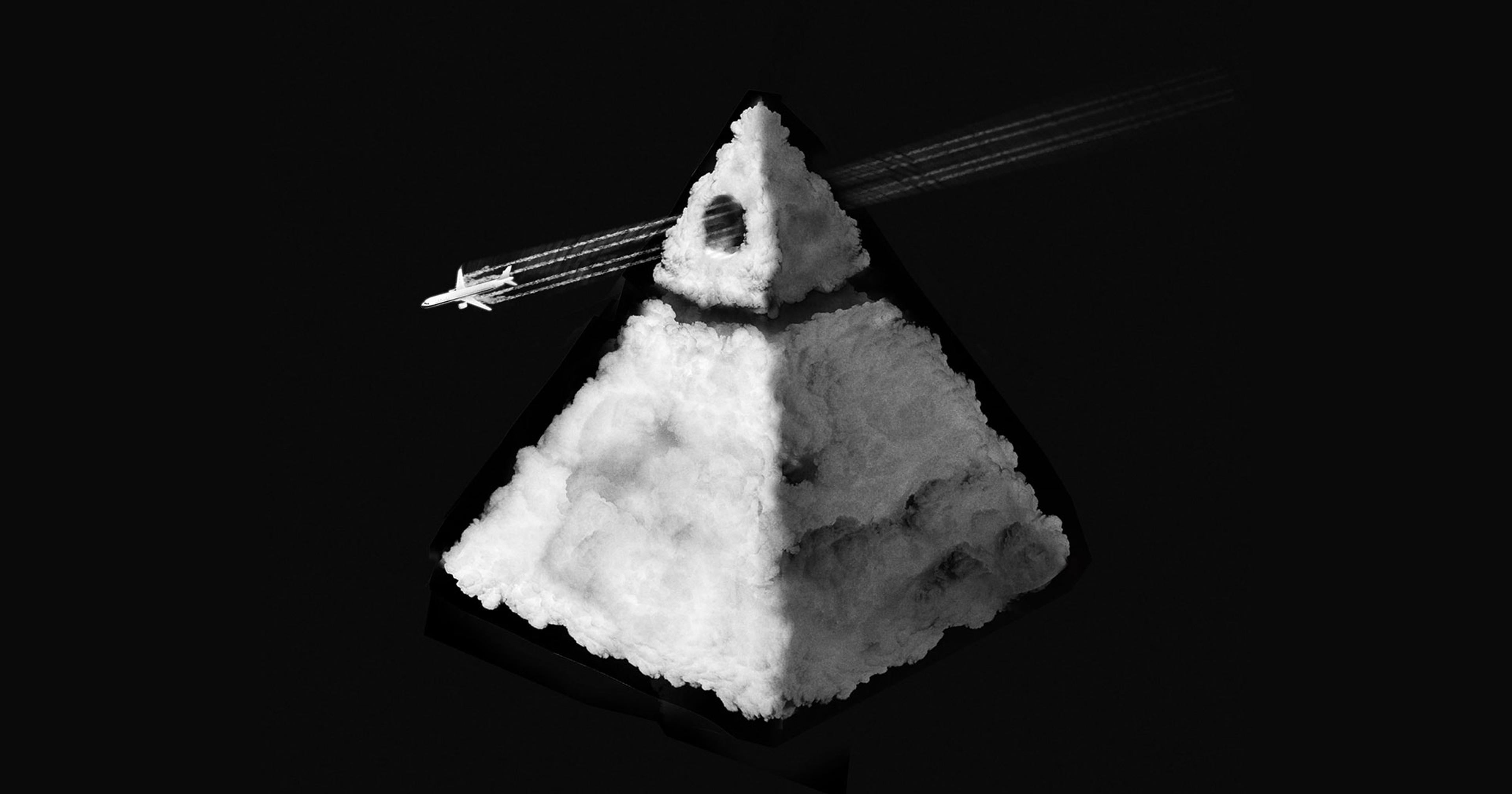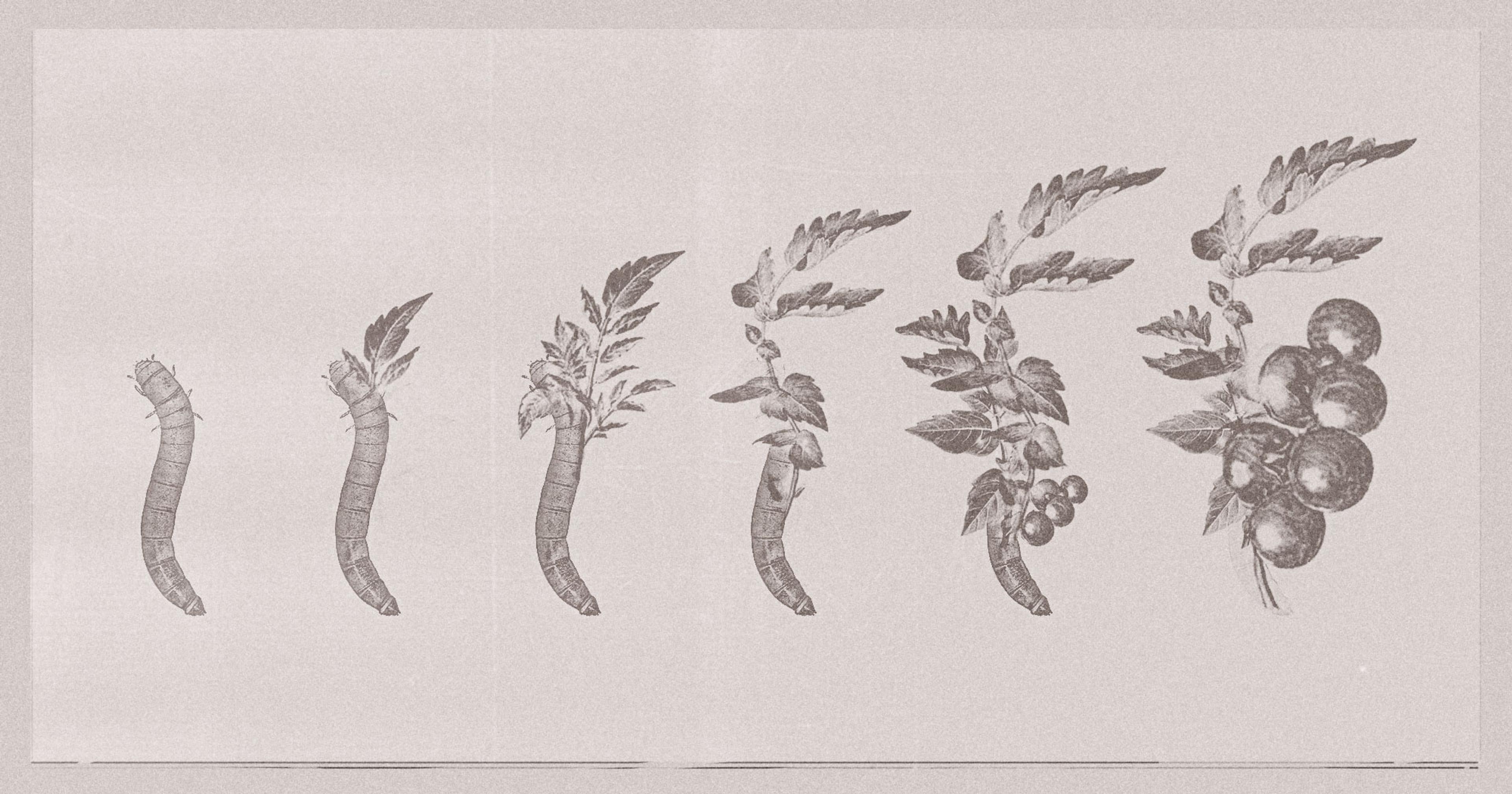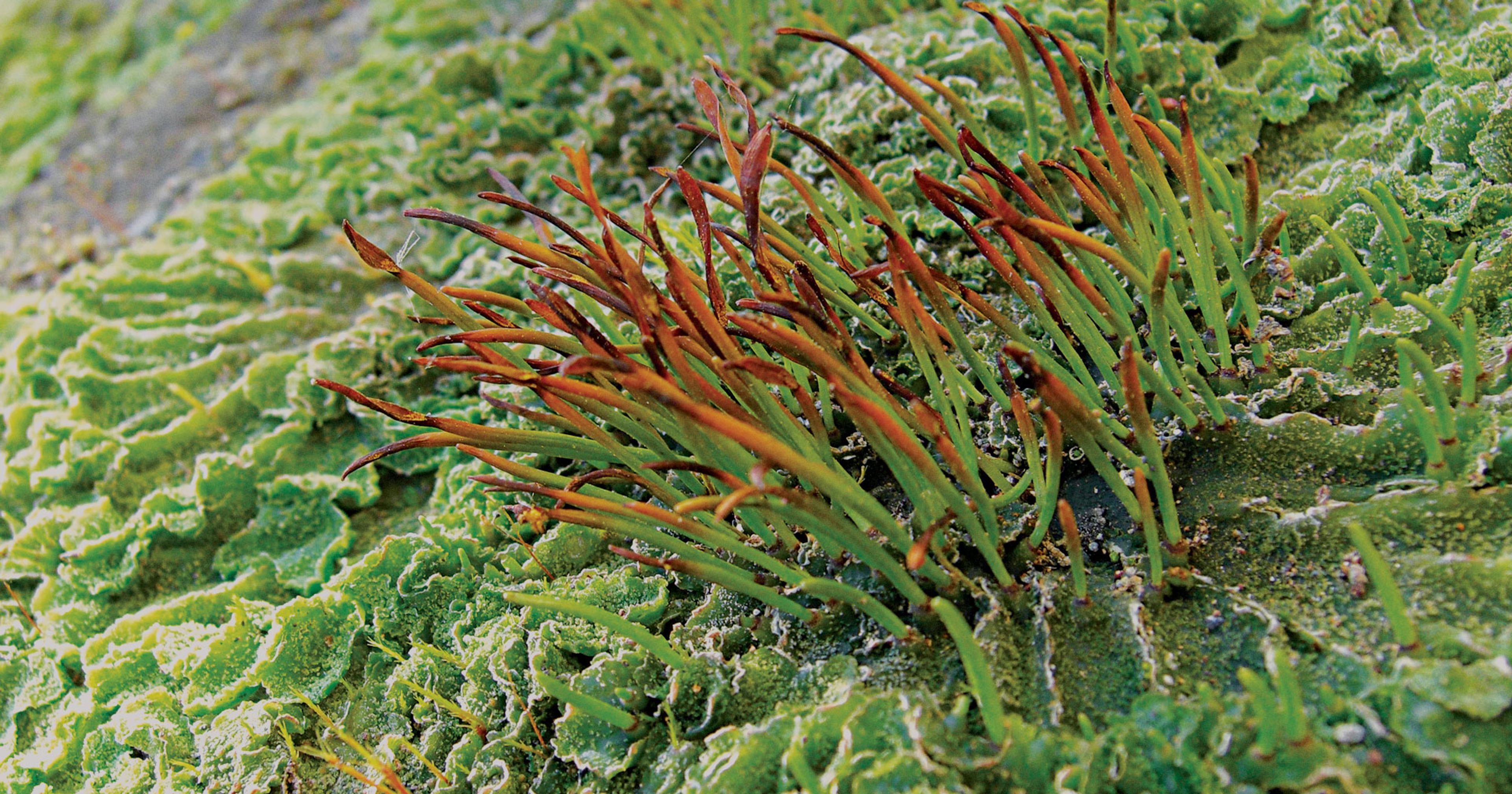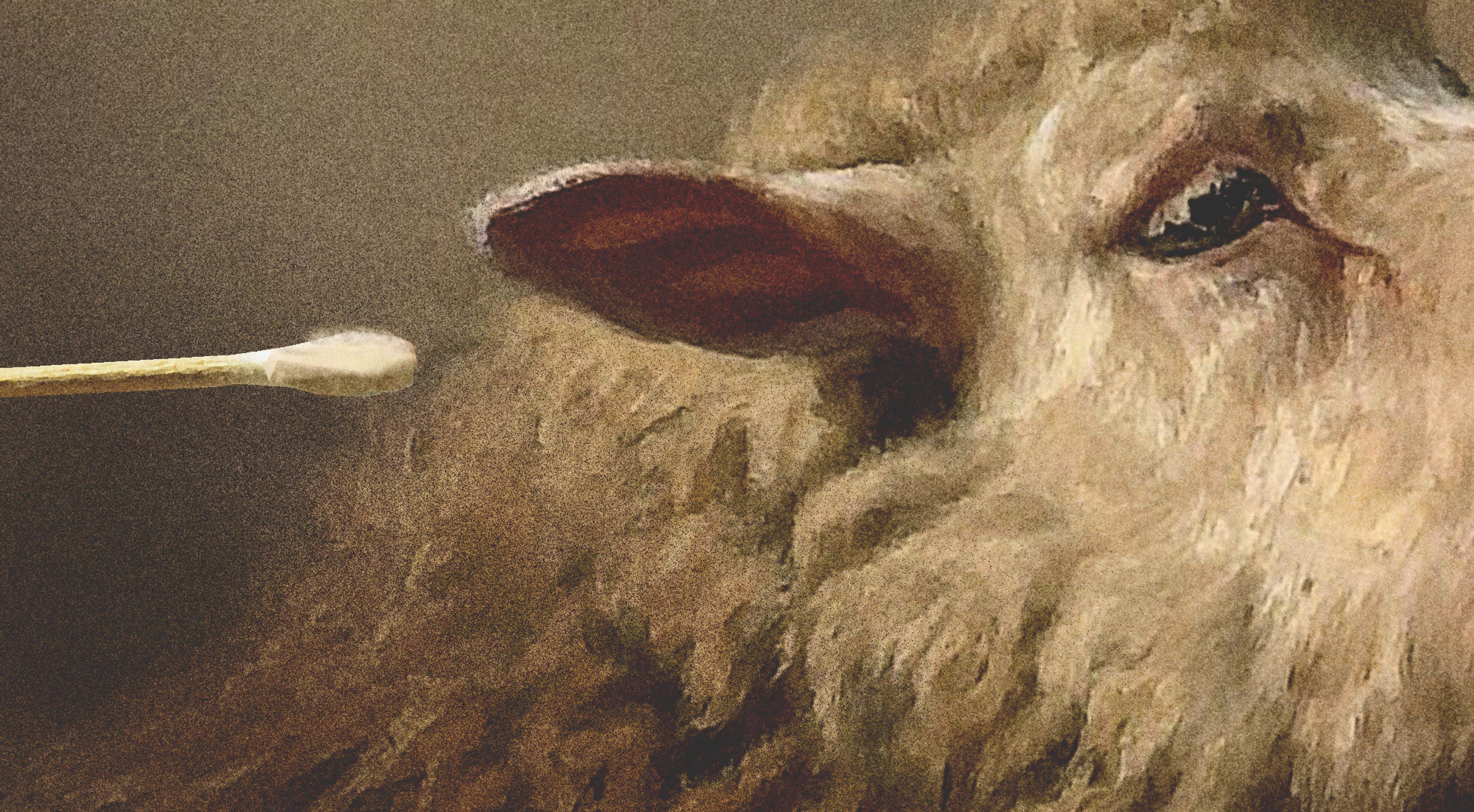Fusarium wilt is a destructive fungal disease that has long vexed spinach seed farmers in the Pacific Northwest. Researchers may have found a fix.
Jesse Galbreath’s 1,100 acre, family-owned farm sits in Washington state’s Skagit Valley. His mornings are spent tending to spinach seed, Brussels sprouts, beets, and orchard grass for horse fodder. If all goes well, his short-stalked spinach crop, with a rosette of leaves that relies on a consistent water supply and minimal pesticides, will produce a gainful seed yield.
Galbreath is one of multiple growers in the Pacific Northwest who produce spinach seed — Washington state grows nearly 75% of the country’s supply. The seeds are produced by the flowering spinach crops, which are then sold to growers who grow the vegetative spinach that is harvested for its leaves.
However, four years ago, the 32-year-old was dismayed to find that a spinach cluster occupying nearly 12 acres was wilting — the leaves were browning, and soon the beautiful crop died a quick death. There was nothing he could do. This was due to fusarium wilt, a disease where a pathogen burrows into the soil and starves the crops of water and nutrients by blocking the vascular system. This causes them to turn yellow, wilt, and die before they start flowering, depriving growers like Galbreath of the necessary seeds to sell to ag companies.
Now, a team has discovered a central Asian spinach variety that has demonstrated resistance against the wilt, spurring hope for growers here in the U.S. In a new paper published in Scientific Reports, plant pathologist Lindsey du Toit and co-author Sanjaya Gyawali of Washington State University discuss their attempts to control the wilt-causing gene.
Spinach requires the crop to be exposed to longer lengths of the day, to get them to shift from a vegetative state to a flowering one that produces seeds. It is not heat-tolerant when it’s flowering. The authors point out that the only area in the U.S. that meets these climatic requirements is the maritime region west of the Cascade Mountains in the Pacific Northwest. Commercial growers like Galbreath are contracted by seed companies who provide the seeds necessary for growers to produce and harvest, which is then bought by the companies for an agreed-upon fee. The fee, he said, is based on a five-year average of yield.
The wilting problem, however, goes deeper — the infected soil cannot be used to grow spinach for at least a decade. “If fusarium gets into the field, the rule of thumb is that you cannot grow spinach for 15 years,” said Galbreath, adding that this then warrants a very long rotation period between crops. Without an adequate supply of spinach seed, you can’t plant enough vegetative spinach crops to meet consumer demand, added du Toit.
One of the reasons du Toit started this job was to help manage this disease more effectively so the spinach seed growers can rotate the crops on a more reasonable duration. “This disease has complicated our ability to produce enough spinach seed in the U.S.”
“If the grower has two parent lines they’re planting — one female and one male line — either one parent or both might be susceptible to the disease,” du Toit warned, attributing this to the lack of resistance amongst commercial spinach varieties. So every winter for 16 years, her program has been testing soil samples from the seed growers’ fields to identify the potential risk, something Galbreath is thankful for. Their testing of spinach parent lines for seed companies also help seed companies and growers ascertain the susceptibility of the parent lines.
“If fusarium gets into the field, the rule of thumb is that you cannot grow spinach for 15 years.”
“While fungicides help, they are not as effective,” said Gyawali, who has worked as a geneticist for over 20 years.
They have been accessing gene banks where different spinach lines — including those of its wild ancestors — are stored. They sourced seeds from 600 accessions from gene banks including those that belong to the United States Department of Agriculture (USDA) and the Dutch, as well as samples from central Asian regions of Uzbekistan, Tajikistan, and Kyrgyzstan. They then assessed which of these were resistant, so the seed companies and breeders can hopefully incorporate the resistance gene(s) into their modern cultivars.
They say the next step is figuring out what gene causes this resistance among this variety. To test how they fare in the field, Gyawali has been testing the wild, resistant lines with fusarium strains in a greenhouse that mimics the growing conditions of central Asia. For now, the farmers cannot grow this variety directly, he said, adding that they need to transfer wilt resistance to the local spinach varieties being grown in the Northwest.
Gyawali said that growers in the regions were fervently looking for resistant varieties, which is how they secured government funding to carry out this research. Their research was funded by USDA, and the team has a second tranche of funding that will allow them to continue.
As the Trump administration continues gutting federal agencies and their research wings in a bid to trim public spending, teams like du Toit’s stand to be affected. Last August, USDA announced federal grants worth $82.3 million to enhance the competitiveness of specialty crops. But since late January, the agency has rescinded or cancelled grants that were supporting donations to food banks and climate-smart agricultural practices, leaving many farmers in the lurch.
The authors highlight the need for such studies that can potentially benefit thousands of growers in the region. “We know that companies are using the information we’re generating from this work, so our work is supporting the industry,” du Toit said.

